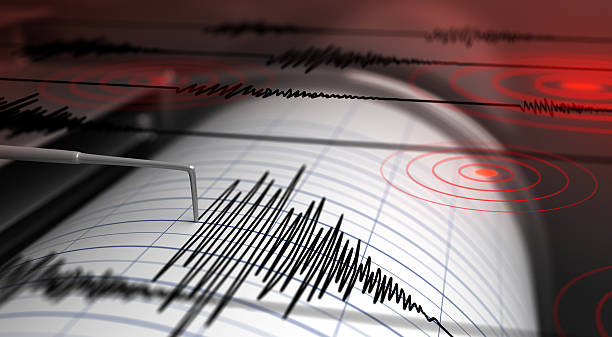

INTRODUCTION
This article gives a preliminary overview on the intent and basis for seismic structural design, followed by an introduction to different types of steel structural systems used for seismic force resistance, codal provisions to ensure ductility at material, section, component and system scales and ductile detailing requirements. Various codes, standards and guidelines are referenced and discussed preliminarily. However, the referenced codes should not be interpreted as the representative list of standards to be used for seismic design. Utmost care should always be taken to follow all provisions and requirements applying to a project’s jurisdiction, including the codes and standards governing at that location. This article is intended to be used for academic purposes only.
HISTORICAL BACKGROUND
Preliminary structural studies on major earthquakes in Japan, New Zealand and USA in the 1920s and 1930s revealed that structures designed to withstand wind loads generally performed better under seismic loads as well. Based on this observation, the first edition of the Uniform Building Code published in 1927 included lateral earthquake loads for structural design, equaling 6-10% of the structural weight. [1]